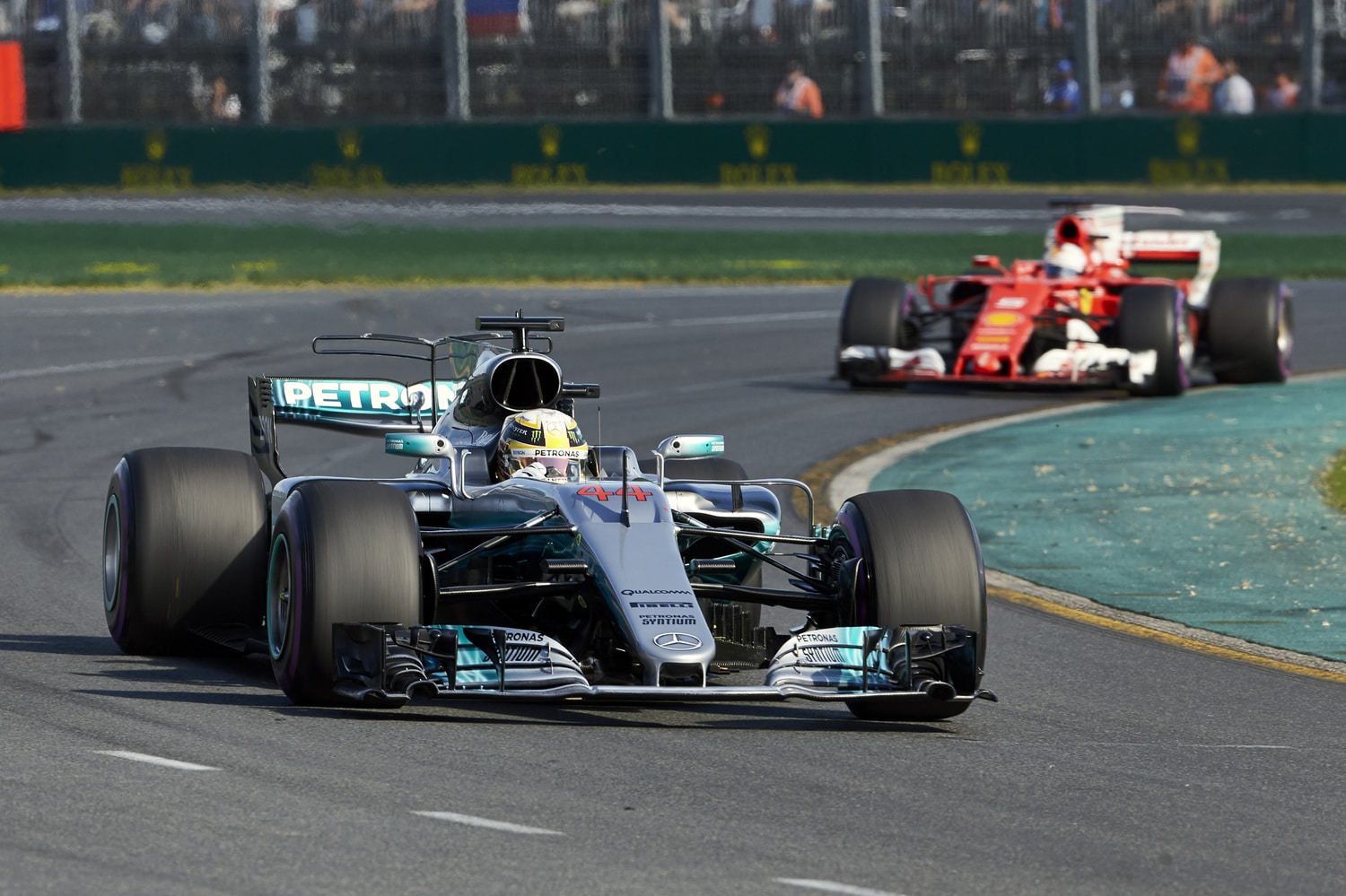
Chiu’s Changes to F1: Speed is not Everything (Pt 3)
According to Liberty Media, the 2021 Formula One technical regulations will make the sport more exciting and thrilling. But we have heard this before with major aerodynamic and engine overhauls so we can only hope.
Without getting overly technical, these are some of the basic changes I would make to the F1 cars to genuinely improve the racing.
Firstly, the overall width of the cars and the front wings are far too wide, plus the wheelbase is too long.
Last year’s Mercedes W10 was two meters wide (as are all of the cars) and 3.7 meters long (the longest wheelbase on the grid).
In general, as time has gone on, the cars have got longer and longer due to the ever growing emphasis on aerodynamics, especially since the cars changed in 2017 to become the fastest ever F1 cars (or at least on par with the mid to early 2000s V10 beasts).
The reason for the length of the cars are partly down to the highly complex, turbo-hybrid engines that were introduced in 2014. Mainly though, it is better for the aerodynamics and allows a lot more room for the teams to fiddle around with the bargeboards, suspension, everything between the front and rear tyres.
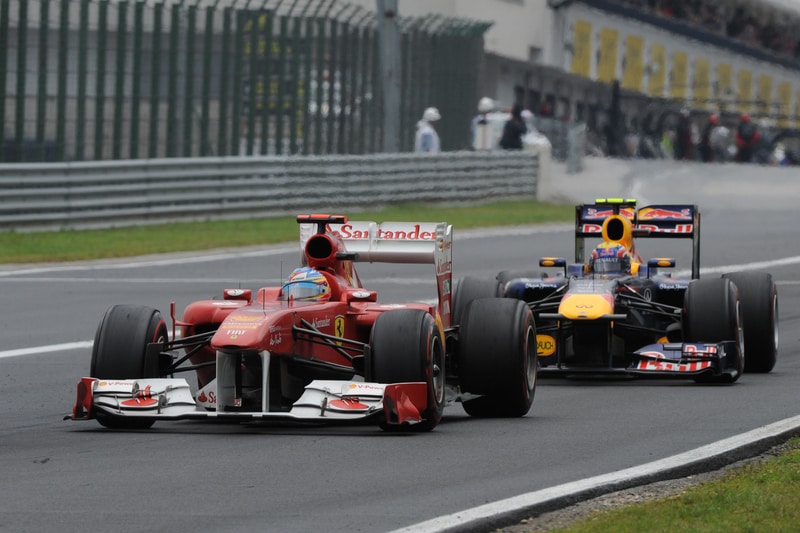
They could easily make the wheelbase at least 50cm shorter. It would just mean thicker bodywork around the cooling and engine, less optimal fuel cell location, less optimal suspension geometry etc. This would result in the car sliding more and the drivers would find the car more of a handful which is what the majority of fans want to see.
It would certainty make for better racing and this is where Liberty Media should stamped their ground much more and ignored the teams as much as possible to make regulations that will help racing and the entertainment side of the sport, rather than helping the engineers make the cars fast.
The teams will always find a way to make the cars fast, but not having a limit to the length of the wheelbase is a free goal for them to find speed and dictate the aerodynamics they want to make the fastest car possible rather than a car that will be able to follow another car closely.
As for the drivers, it would make an overtaking manoeuvre easier. To make an overtake, you essetially have to outbrake someone by a specific distance (depending on the corner and how far behind you are)
By shortening the cars, it is easier to get that gap from braking and you can also turn in earlier if you are switching from the outside to the inside.
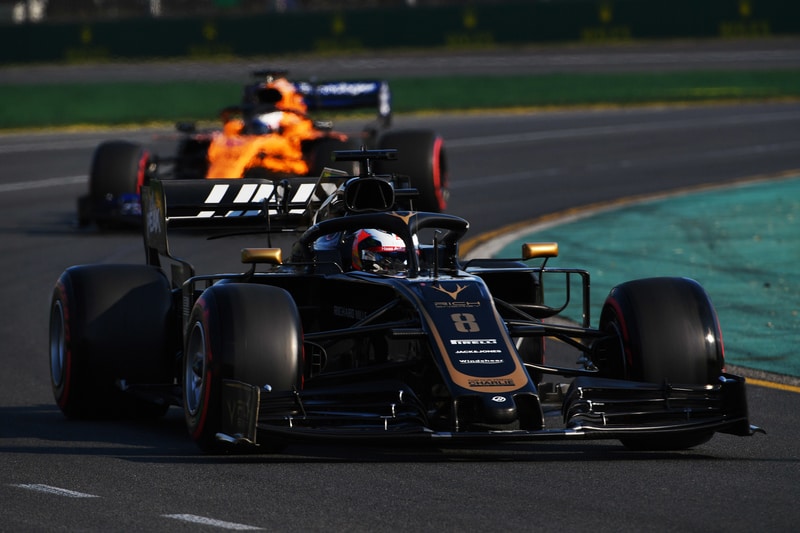
Now, I don’t think they will get any longer and we have reached the limit in terms of the length of the cars but a return to shorter wheelbase cars, no more than 3.5 meters (for example) would definitely help the racing.
Don’t just shorten the length, but also the width of the cars. The wider the car, the more turbulent air comes out of the back, the harder it is to follow the car in front.
Between 1998-2016 the width of the cars used to be 1.8 meters, from 2017 to now the width is two meters. F1 cars have been as wide as 2.2 meters before, so the 2019 cars are not the widest F1 cars ever. Personally, I would like to see a return to 1.8 meter wide cars if not 1.7 or 1.6 meters if the wheelbases are shortened first.
Overall, the cars essentially need significantly less downforce.
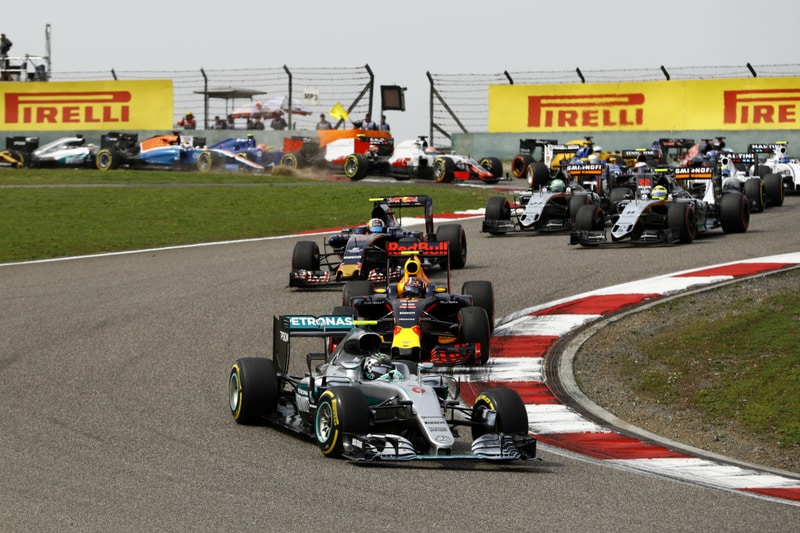
The problem now is that the cars have so much downforce that the cornering speeds are high (therefore harder to follow), you don’t need to brake as much (therefore it’s harder to outbrake someone or make an overtake because of the shorter braking distances) and the cars are also easier to drive (relatively) because they just stick to the circuit.
Something else I would like to see is an IndyCar-style push to pass system rather than the systematic, computerised energy deployment which is used at the moment.
F1 used to have this with the KERS system used in 2009 and 2011-2013. I loved it as it rewarded the drivers who could intelligently use the extra power to defend or attack at the right moment.
Nowadays, it is all computerised and the driver can’t manually deploy the energy at the exact moment they want to, the car does it by itself after it has been programmed by the engineers. The drivers should have more input and should be able to press a button to deploy the extra hybrid power.
With the power units slowly but surely converging, I still think they can be made cheaper. They are currently too expensive and perhaps too complicated. But the teams are getting on top of this and reliability is still as good as it has ever been in the turbo-hybrid era.
Liberty Media made the right move by not changing anything because the gaps will naturally close up in the power unit area.
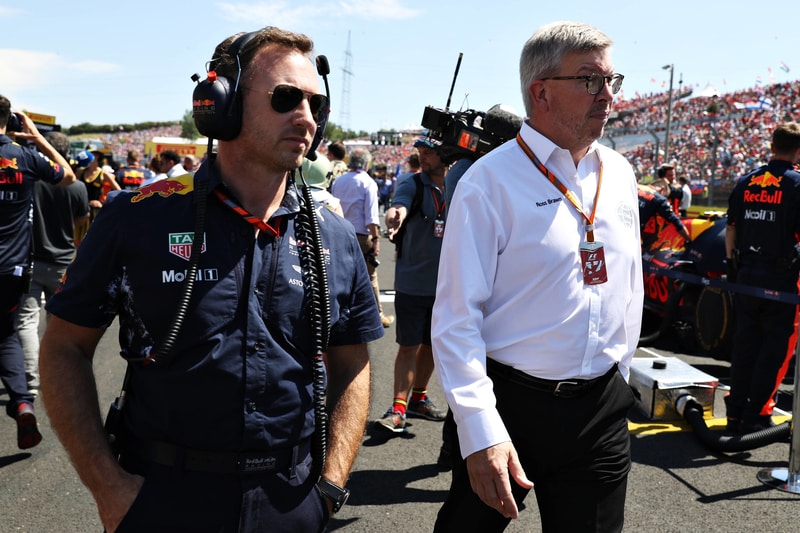
However, I would have allowed more ERS deployment for the drivers to play with. Six seasons on from 2014, when these power units were introduced, and the rules are the same. Formula E has slowly increased the kilowhatt usage as the powertrains develop and Formula One should have followed route by increasing the amount of deployment a driver can make around a lap.
If F1 is not going to go back to a normally-aspirated V8 or V10 engine, the current engine must at least be innovated if not changed altogether. New fans look back at the cars of 15-20 years ago and even they are staggered at the noise of those screaming engines.
Personally, I am not too fussed about the noise but I firmly believe that the current turbo-hybrid engines were a massive mistake and is one of the major factors that has dented the sport. Now, F1 is stuck in a halfway house between going electric and going back to something thrilling.
A path has to be chosen because at the moment, the current engines are not good for the sport when there are clearly better options out there.
To conclude, the cars need to be smaller, lighter and have a power unit that is substantially cheaper which can potentially attract manufacturers.



![Private: [ID: 71rYi-xncgM] Youtube Automatic](https://motorradio-xijqc.projectbeta.co.uk/wp-content/uploads/2024/08/private-id-71ryi-xncgm-youtube-a-1-360x203.jpg)
![Private: [ID: 1SfHxvC8Doo] Youtube Automatic](https://motorradio-xijqc.projectbeta.co.uk/wp-content/uploads/2024/07/private-id-1sfhxvc8doo-youtube-a-1.jpg)
![Private: [ID: H6XRkf6kROQ] Youtube Automatic](https://motorradio-xijqc.projectbeta.co.uk/wp-content/uploads/2024/07/private-id-h6xrkf6kroq-youtube-a-1-360x203.jpg)
![Private: [ID: Kb6w-qAmKls] Youtube Automatic](https://motorradio-xijqc.projectbeta.co.uk/wp-content/uploads/2023/12/private-id-kb6w-qamkls-youtube-a-360x203.jpg)
![Private: [ID: CcpwYw20k3k] Youtube Automatic](https://motorradio-xijqc.projectbeta.co.uk/wp-content/uploads/2024/07/private-id-ccpwyw20k3k-youtube-a-360x203.jpg)

![[ID: x1SiRC5jhW4] Youtube Automatic](https://motorradio-xijqc.projectbeta.co.uk/wp-content/uploads/2022/04/id-x1sirc5jhw4-youtube-automatic-360x203.jpg)
![[ID: lMZ8lAeLubk] Youtube Automatic](https://motorradio-xijqc.projectbeta.co.uk/wp-content/uploads/2022/04/id-lmz8laelubk-youtube-automatic-360x203.jpg)
![[ID: GAYCcnqyFo4] Youtube Automatic](https://motorradio-xijqc.projectbeta.co.uk/wp-content/uploads/2022/04/id-gayccnqyfo4-youtube-automatic-360x203.jpg)
![[ID: Gg142H296QY] Youtube Automatic](https://motorradio-xijqc.projectbeta.co.uk/wp-content/uploads/2022/04/id-gg142h296qy-youtube-automatic-360x203.jpg)

![[ID: XStdrnRLUH8] Youtube Automatic](https://motorradio-xijqc.projectbeta.co.uk/wp-content/uploads/2023/03/id-xstdrnrluh8-youtube-automatic-236x133.jpg)
![[ID: FqAtTPcdRc4] Youtube Automatic](https://motorradio-xijqc.projectbeta.co.uk/wp-content/uploads/2023/03/id-fqattpcdrc4-youtube-automatic-236x133.jpg)

![Private: [ID: PYDb727riQg] Youtube Automatic](https://motorradio-xijqc.projectbeta.co.uk/wp-content/uploads/2023/02/private-id-pydb727riqg-youtube-a-1-236x133.jpg)
